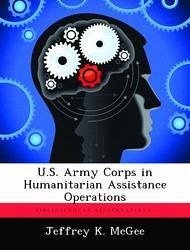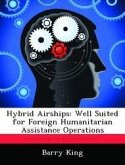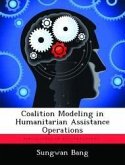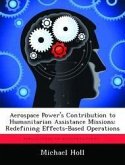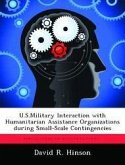Natural disasters have plagued the world since the earliest recorded history but word of these events spread only as fast as the existing mode of travel allowed. Although these disasters have caused immense human suffering throughout the ages, the invention of technologies such as global satellite broadcasting of voice and images has transmitted vivid pictures of far away disasters into the homes of people around the world. These news reports and pictures brought into sharp focus the magnitude of the natural disaster and human suffering within a matter of minutes or hours. With this increased awareness in the situation and plight of others around the world, the leading nations of the world have found this human suffering to be morally unacceptable and are more likely to intervene to bring better living conditions to those less fortunate. With the end of the Cold War in 1989, the free world began searching for a new unifying purpose since the Soviet Union and its satellite countries were no longer a viable threat for nuclear or conventional war. Without the focus of an impending war on the European continent, political leaders were more comfortable engaging their military forces in the conduct of peace keeping, peace enforcement, and humanitarian assistance missions. Often all three types of missions occurred simultaneously in the same area. Using the requirements of previous humanitarian and peacekeeping operations, the monograph provides more insights into whether an U.S. Army corps is capable of conducting this type of operation. Using a posited natural disaster in Cuba, the U.S. Army corps' capability in a complex humanitarian assistance operation will be used to provide an answer to the research question. The situation begins with a natural disaster, such as a hurricane, that strikes the island of Cuba causing massive destruction to the civil infrastructure. The destruction is so extensive throughout the island that the Cuban government is unable to restore pub

